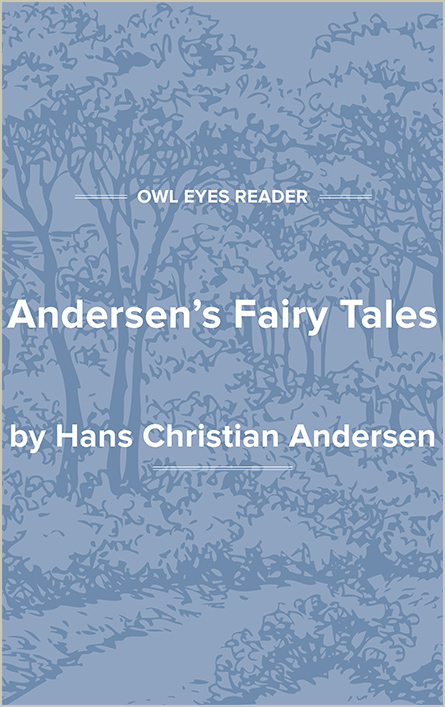Hans Christian Andersen Biography
Early Life
Hans Christian Andersen was the first notable Danish writer of proletarian origins. He grew up with little education and in extreme poverty, and his great personal charm and exceptional talent earned him the affection and regard of both the common people and the artistic and social aristocracies of his time. Andersen’s father was a shoemaker but was well read; he took his son to the theater, introduced him to books, and even built a little puppet theater for him. Andersen’s mother, who eventually became a washerwoman, came from a world of hardship and penury. Illiterate and superstitious, she was one of three illegitimate daughters raised in an atmosphere of poverty and promiscuity; she turned to drink in her old age. While he received little formal education, Andersen developed performing skills that brought him to the attention of Prince Christian at Odense Castle. In spite of this distinction, he received little encouragement and was pressured to enter a conventional trade. Reluctant to give up his dream of becoming an actor and living a life of adventure, Andersen left for Copenhagen in 1819 with the blessings of his mother, who had been told by a fortune-teller that the entire town would one day be illuminated to celebrate her son’s great achievements.
In Copenhagen, Andersen found little success in the theater but made friends among the most prominent members of society as well as among poets and scientists. Particularly important was his friendship with Jonas Collin, a senior civil servant and principal adviser to the king who supervised Andersen’s return to school to acquire a passable education and who acted as a second father. Andersen demonstrated that in spite of his strange appearance—a lanky body, loosely swinging arms, enormous feet, and a face with a long nose and broad cheekbones—he possessed a charismatic personality that led many important people to help him succeed as an artist. By the early 1830’s, he had won favor with the public, critics, and fellow poets with his poetry and, despite his unpromising origins, had been welcomed into the upper echelons of Danish society. It was in 1830 that he also fell in love for the first time with Riborg Voigt, the sister of an old school friend. His despondency over her rejection of him, combined with his restless nature, led him to begin a lifetime of almost incessant travel.
Life’s Work
By 1831, Andersen had realized his dream of world fame, having made a name for himself as a lyric poet, dramatist, and travel writer. His greatest achievements came, however, in 1835 with the publication of his first fairy tales and his first novel, Improvisatoren (1835; The Improvisatore, 1845), the somewhat autobiographical story of a Danish boy who goes from rags to riches. Succeeding novels, O.T. (1836; English translation, 1845) and Kun en Spillemand (1837; Only a Fiddler, 1845), were also based on his own life, depicting the bleak conditions of the poor and warning that Danish society was failing to recognize underprivileged artists. Favorably compared with Sir Walter Scott and Victor Hugo, Andersen’s novels were at the forefront of contemporary European fiction.
Although his novels were important and successful, Andersen’s literary reputation has come to rest largely on his fairy tales, a short and unassuming form of fiction in which Andersen demonstrated his true genius. His first collection, Eventyr (1835; wonder tales), included stories of his own invention along with stories from his childhood and from the folklore of other countries. Unlike the scholarly collections of the folklorists Jacob and Wilhelm Grimm, however, Andersen’s fairy tales were essentially creative and of high literary quality. Like the Brothers Grimm, however, Andersen’s tales were the product of the romantic movement, which inspired a new interest in the world of the common people and the child. In this regard, Andersen had the advantage of being from the common people himself. Never...
(The entire page is 2,370 words.)
Owl Eyes subscribers get unlimited access to our expert annotations, analyses, and study guides on your favorite texts. Master the classics for less than $5/month!

